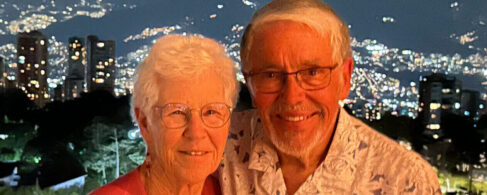Day 13 – Multnomah Falls, Bonneville Dam & Columbia Gorge Interpretive Center
A busy day, starting with a 1.25 mile hike up the mountain to the top of Multnomah Falls. It was […]
Day 13 – Multnomah Falls, Bonneville Dam & Columbia Gorge Interpretive Center Read More »
